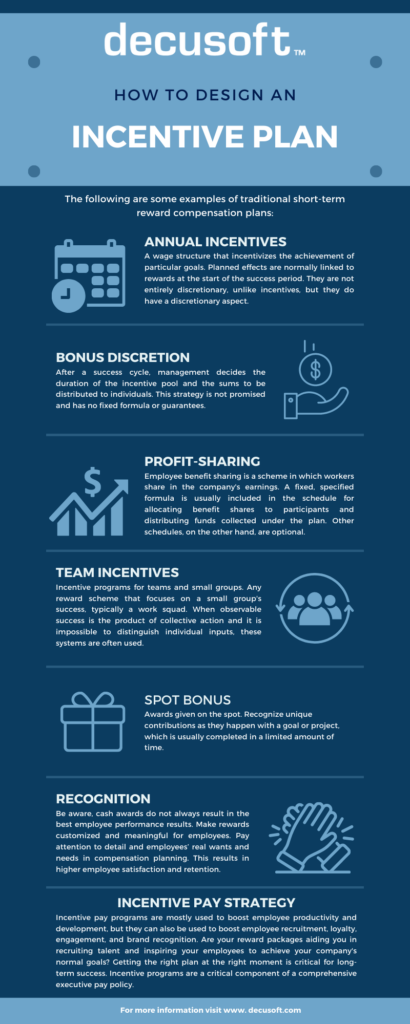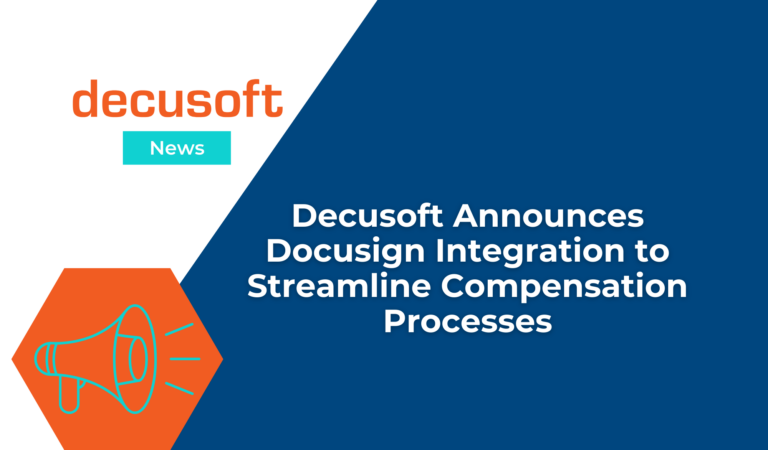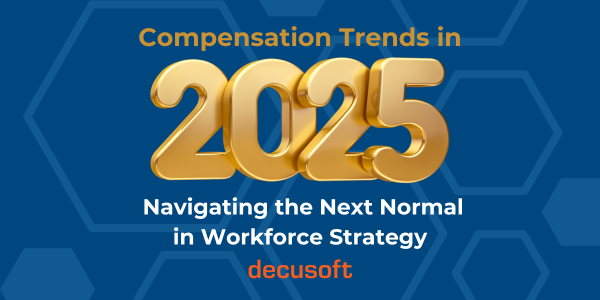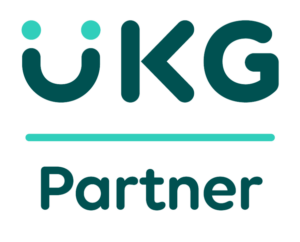Incentive Compensation Plan Design
(See our infographic “Incentive Compensation Plan Design”)
Incentive pay programs are mostly used to boost employee productivity and development, but they can also be used to boost employee recruitment, loyalty, engagement, and brand recognition. Are your reward packages aiding you in recruiting talent and inspiring your employees to achieve your company’s goals? Getting the right plan at the right moment is critical for long-term success. Incentive programs are a critical component of a comprehensive executive pay policy.
When designing an incentive plan, it can be helpful to poll employees on the types of incentives they would appreciate for their hard work. Your human resources department and management team should explain how the incentives will motivate workers, and what level of success is required in order for them to receive the incentive. Make your methodology and eligibility criteria clear to employees and provide specific goals and examples of performance metrics employees need to meet to receive the incentive. Check-in with your team often to see how satisfied they are with the incentive program and if the plan is impacting employee motivation positively. Conduct exit interviews with workers who are willingly leaving the company to see how if the retention compensation scheme played a role in their decision to leave. Always keep upper-level executives informed about the incentive plan‘s progress towards business goals and objectives.
Incentive Plan Design 101
When considering compensation programs, companies must first determine who will be eligible. The following are some common eligibility criteria:
Work classification (such as production or sales)
Service length and base salary
Occupational division (such as executive or administrative)
The incentive’s purpose
Individual performance vs team performance incentives
Employee performance metrics
Sales compensations and sales incentives
What will be included in the payout? (such as bonuses, stock, or cash)
When will the payout be rewarded? (such as the end of the year or every quarter)
Bottom line costs for the plan
Incentive Plan Design Steps
Diagnose | Design | Execute | Adapt
Discover what your organization truly needs in an incentive plan and thoughtfully design a solution to meet business goals and reward employees. Execute this incentive plan effectively with strong communication about employee performance and modify it as your business changes.
Diagnose
During the diagnosis steps your compensation team should identify objectives, issues, and solutions your organization wants to implement in an effective incentive plan.
Establish a Cross-Functional Team
Your cross-functional team should include:
- Human Resources (HR Consultants, Training, Rewards)
- Finance
- Information Systems (HRIS, etc.)
- Operations
Reaffirm Rewards Philosophy
How does your company view talent? How does your company reward top talent? Are all roles critical to the company’s strategic advantage?
Determine Guiding Principles
Determine pay for performance guiding principles. Consider the purpose of the incentive plan and what principles will keep us on track during the design and administration of the plan.
Diagnose the Internal and External Influences
Internal Influences: Understand factors within your company that have an impact on your business. Define your goals (KPI‘s), business strategy, mission, and vision.
Key factors to consider:
- Talent Strategy (strategic or tactical resource)
- Talent Infrastructure (management structure, policies, and practices)
- Systems and Support (information, transparency, and manager support)
- HR Service Delivery Model (take inventory of talent sentiment and rewards programs)
External Influences: Understand factors outside the company that have an impact on your business such as the following:
- Regulatory
- Political
- Taxes
- Geographic
- Cultural Practices
- Economic
- Labor influences
Create a Compelling Value Proposition
Will the costs of development and administration of the plan be offset by the savings it will deliver?
Know your data. What internal costs and competitive pressures will your organization be subject to? Consider the competitive pressures and anticipate the concerns present in the plan. Tie your bonus plan to the pay philosophy and company objectives.
Gain Approval and Executive Sponsorship
An executive sponsor is critical to the success of the program, ensures strategic alignment, and this should remove potential roadblocks (resistance from others).
Types of Incentive Plans
What areas of the business would benefit from an incentive plan? Determine the objectives that need to be aligned to achieve overall business results, and consider a holistic approach to cascade goals. Be aware of interdepartmental dependency and conflict when creating your employee incentive program.
Identify Metrics
Identify Metrics/KPIs that correlate with performance on objectives. A good incentive plan uses the right metrics for the right group by asking top performers and other executives for their ideas. Don’t sacrifice safety or quality to maximize profits.
Common employee incentive plan metric types are:
- Financial
- Productivity
- Quality
It’s most beneficial to use quality metrics in addition to productivity metrics.
Long Term Incentive Plans:
A long-term incentive plan (LTIP) is a corporate program that rewards workers for achieving certain objectives that maximize shareholder value. In a standard LTIP, the employee, who is normally a senior executive, is required to meet a number of criteria or specifications to receive the incentive at the end of the performance period. This incentive is paid out on top of the executive’s base salary and can often come in the form of a cash incentive. Both private companies and publicly traded firms implement discretionary incentive programs for their employees based on a set of performance metrics.
Short-Term Incentive Plans:
Short-term bonuses, also known as annual rewards, are designed to reward employees for meeting the company’s short-term business plan based on the board selection committee’s accomplishment of targets.
The following are some examples of traditional short-term reward compensation plans:
Annual incentives. A wage structure that incentivizes the achievement of particular goals. Planned effects are normally linked to rewards at the start of the successful period. They are not entirely discretionary, unlike incentives, but they do have a discretionary aspect.
Bonus discretion. After a cycle, management decides the duration of the incentive pool and the sums to be distributed to individuals. This strategy is not promised and has no fixed formula or guarantees.
Awards given on the spot. Recognize unique contributions as they happen with a goal or project, which is usually completed in a limited amount of time.
Profit-sharing strategy. Employee benefit sharing is a strategy in which workers share in the company’s earnings. A fixed, specified formula is usually included in the schedule for allocating benefit shares to participants and distributing funds collected under the plan. Other schedules, on the other hand, are optional.
Incentive programs for teams and small groups. Any reward scheme that focuses on a small group’s success, typically a work squad. When observable success is the product of collective action and it is impossible to distinguish individual inputs, these systems are often used.
Types of Incentive Plans
Be aware, cash awards do not always result in the best employee performance results. Make rewards customized and meaningful for employees. Pay attention to detail and employees’ real wants and needs in compensation planning. This results in higher employee satisfaction and retention.
Define the Plan Mechanics and Administration
The performance period and payout should be closely aligned. We recommend payout as quickly as possible to reinforce the behavior.
Determine Award Levels at Target
- External Job Value – Conduct a benchmark analysis
- Internal Job Value – Consider the job’s value to the company
- Pay Mix – Amount of fixed versus variable pay of total compensation
- Customize the approach for each job or job family
For more leverage or more variable pay – ask the question, are these jobs you want to develop in your organization or invest in? Consider your focused and tactical goals, and the pay mix for each job category.
Build Administrative Infrastructure
Ensure you have the right number of trained administrators to successfully run the program. Integrate or enhance existing systems. Establish process flows and policy.
Train Managers and Support Team
Train the Trainer workshops can be invaluable for senior leaders of plan participants. Your organization should utilize HR support and supplementary training to ensure consistent message rollout and coordinate messaging through multiple channels. Additionally, it’s important to establish an annual budget that includes your incentive planning. Your team can also create a communication calendar to integrate training and communication with new employee onboarding. Finally, seek manager and employee feedback to gauge if additional efforts are needed.





